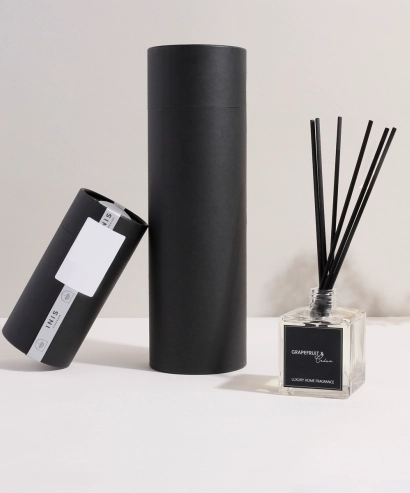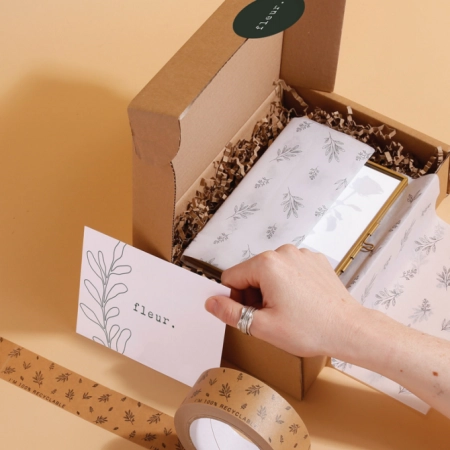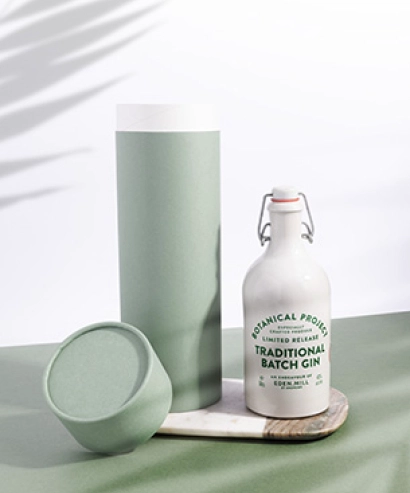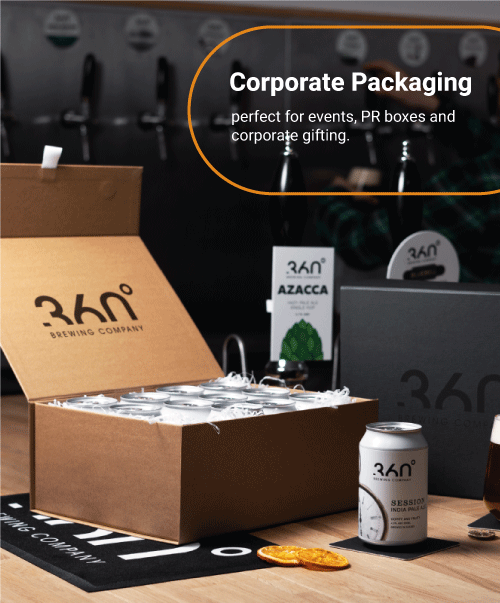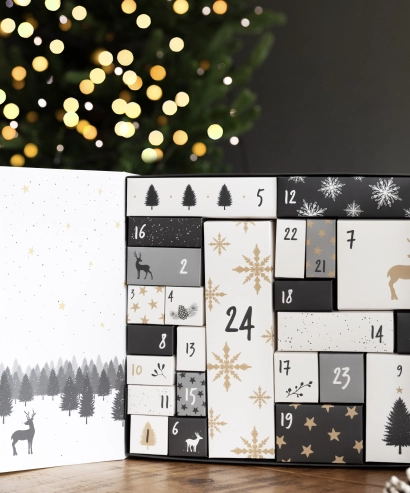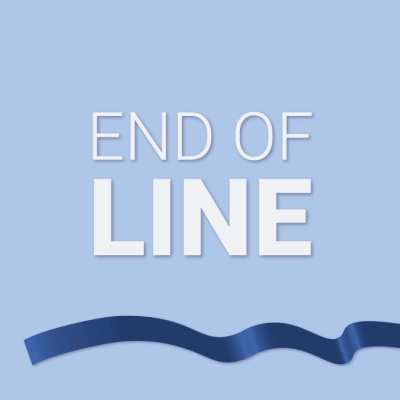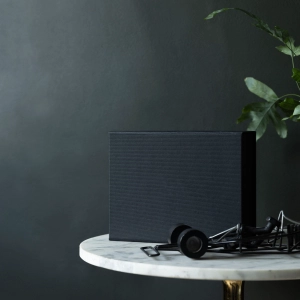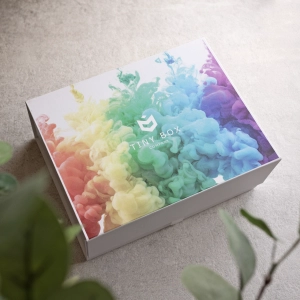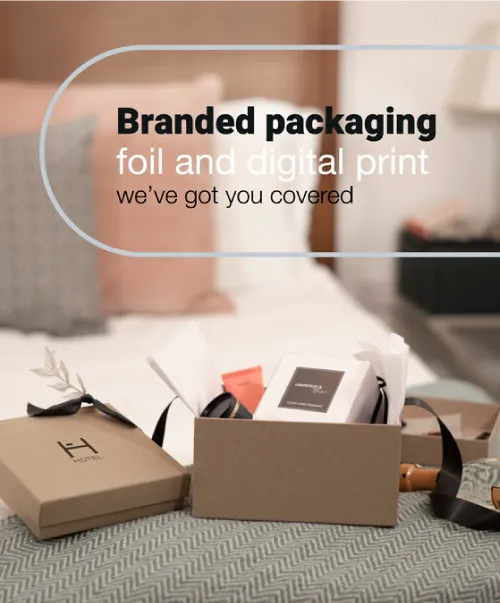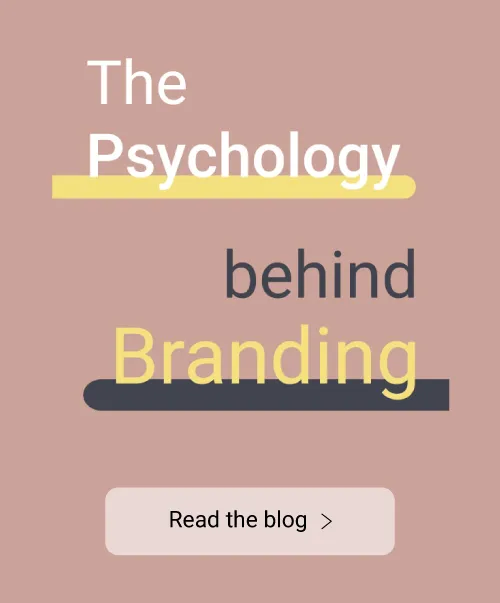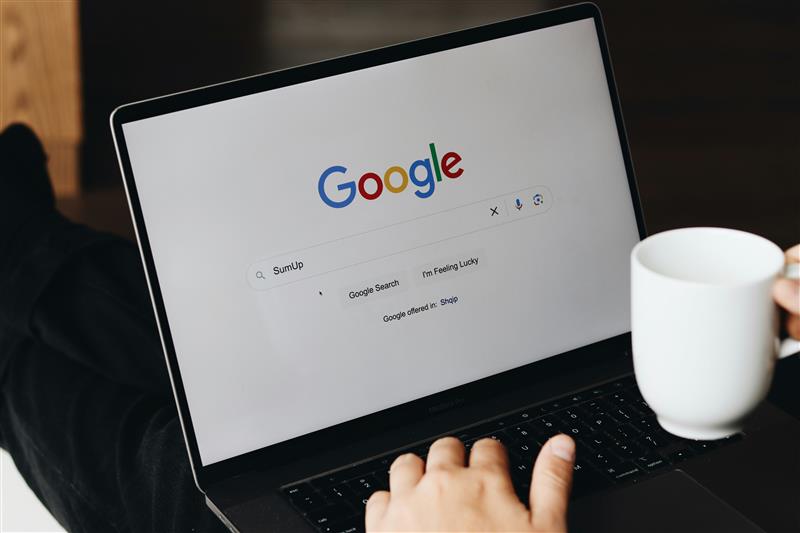
When someone types a phrase into Google, they want something specific. They might be looking for advice, a brand they already know, or a product they are ready to buy. That motivation behind the search is called intent. Getting to grips with intent is one of the most crucial components of SEO, and also one of the most neglected. Many business owners fail to understand the role of intent in helping them appear in front of people at the moment they are most likely to connect with them.
At Tiny Box Company we see this first-hand. When people find the right packaging for their handmade candles, jewellery, or gifts, they often discover us because we matched their intent. Understanding the different types of searches means you can shape your website in a way that helps the right customers land on the right pages.
Three types of search intent
Marketers often break intent into three groups.
1. Informational – A person wants to learn something. Example: how do I package fragile glassware?
2. Navigational – A person is looking for a specific company or site. Example: Tiny Box Company gift boxes.
3. Transactional – A person is ready to make a purchase. Example: buy sustainable jewellery boxes UK.
The same person can move between these groups over time. They might start with a question, look up your brand later, and then return with the intent to buy. Each stage has its place in your customer journey.
Why intent matters for your keywords
Keywords tell Google what your page is about, but intent tells you whether those words will bring in valuable visitors. A high search volume keyword looks appealing on the surface. Yet if the people using that keyword are not close to buying, the traffic might never convert.
Take two examples. A phrase like gift boxes could mean anything from free templates to ideas for wrapping. A phrase like luxury recycled gift boxes UK suggests someone who knows what they want and is likely to buy soon. Even with fewer searches each month, the second phrase carries stronger intent and a higher chance of leading to sales.
Matching content with intent
Once you know the type of intent behind a keyword, create content that gives people exactly what they came for.
- Informational searches – These suit blogs, guides, and FAQs. An article on ‘how to post handmade candles without breakages’ could bring in makers who later need packaging.
- Navigational searches – Navigational searches call for clear brand pages. People should find your About Us page, product ranges, or contact details with ease.
- Transactional searches – These belong on product and category pages. Use helpful descriptions, professional photos, clear headlines, and a straightforward checkout process.
If visitors feel your page does not deliver what they expected, they will leave quickly — or they might not click in the first place.
That signals to Google that the result was not a good match, which can hurt rankings.
Intent as part of the customer journey
Think of intent as the trail your customer follows. Someone might begin with a broad question such as eco-friendly wrapping ideas. They discover a helpful guide and learn something useful. Later, when they need to place an order for packaging, their search shifts to a buying phrase. Because you helped them earlier, your business feels familiar and trustworthy.
By offering content that supports each stage of intent, you keep customers moving towards a purchase without needing to push them.
Simple steps you can take
Small actions can help you bring intent into your SEO planning.
1. Check your keywords: Look at the phrases you are ranking for. Ask what the searcher wanted in the first place.
2. Review your content: See if your blogs, product pages, and FAQs line up with those needs.
3. Fill the gaps: Add guides if you only have product pages, or improve product pages if you only have articles.
4. Study your analytics: Low engagement rates often mean your page is not meeting intent.
5. Think like your customer: Imagine what they are trying to achieve when they type that search.
6. These steps create a website that feels natural to use, while also giving search engines clear signals about relevance.
How intent builds trust
Meeting intent is about more than traffic and rankings. It shows your customer that you understand them. When someone comes with a question and finds a useful answer, they remember you. When they are ready to buy and your product page answers their needs, they feel supported. Over time, that builds loyalty.
For Tiny Box Company, intent-led content also means reaching people who share our values. That alignment matters as much as the practical side of search optimisation. Customers who share your values are more likely to stay with you long term.
Meeting your customers where they are
Search intent gives you the ‘why’ behind the words. By tuning your site to match that why, you turn visitors into real customers. High volumes alone do not guarantee results, but intent-driven content creates a path from first search to final purchase.
Step back from chasing numbers and focus on what your audience is asking for. Build pages that answer those needs. The outcome is a website that works harder for your business and a customer base that keeps growing.
Good luck!













